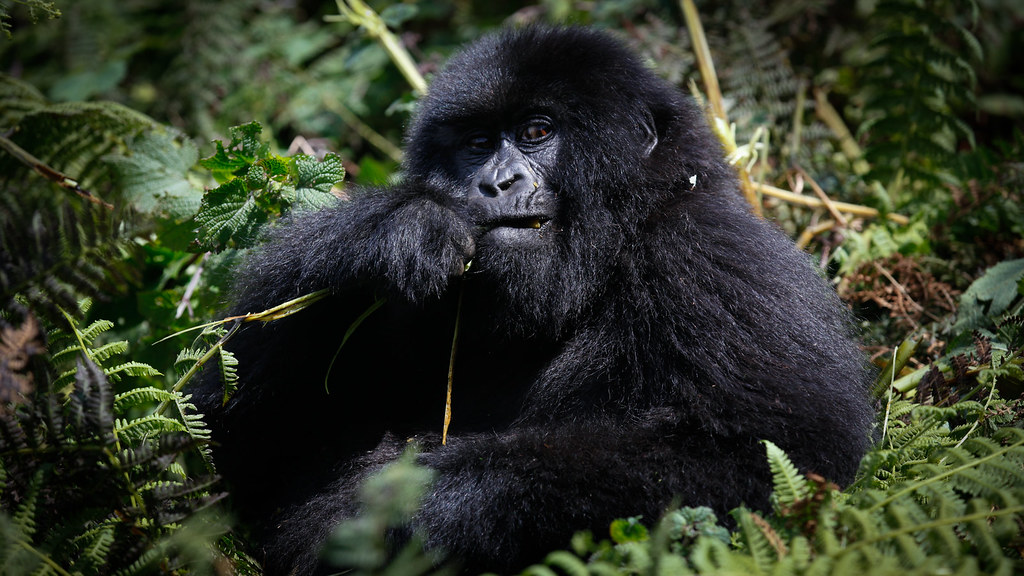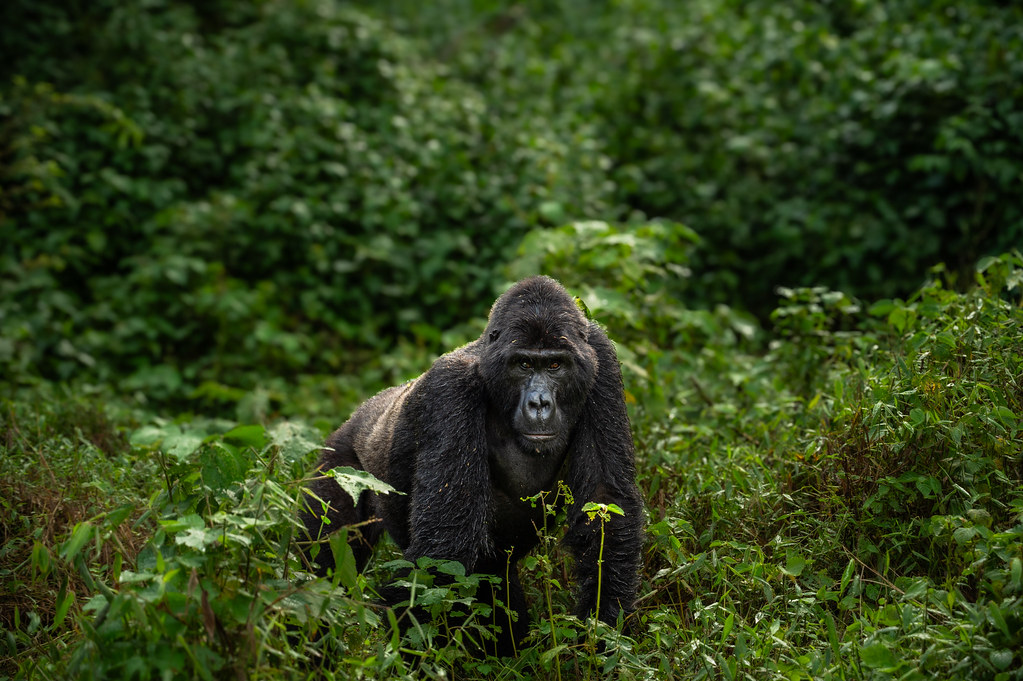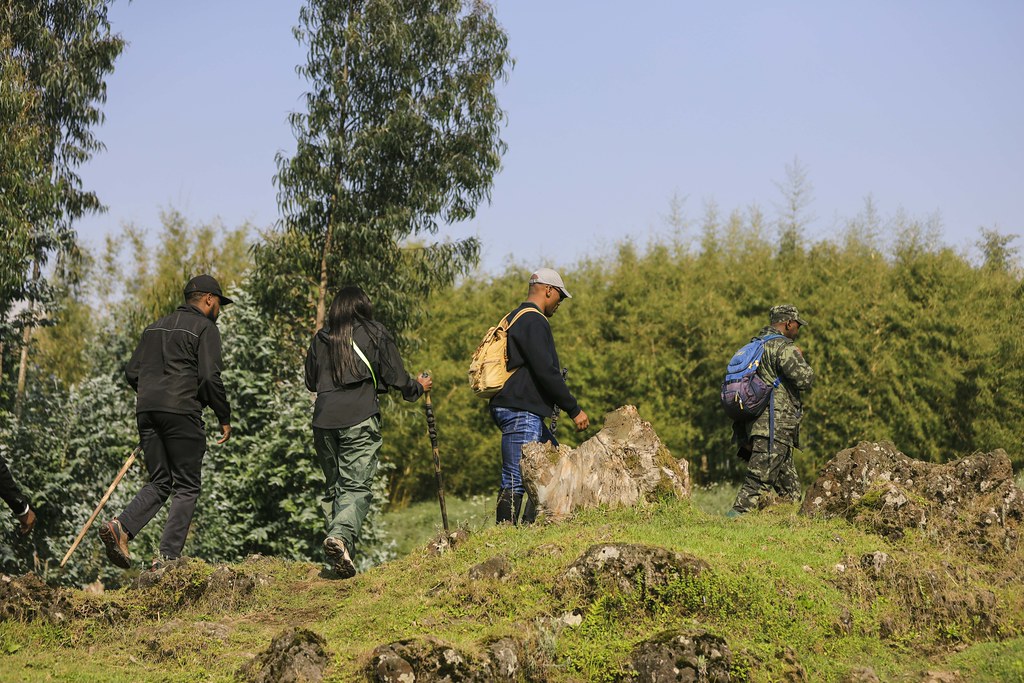2024 Insights on Mountain Gorilla Population Figures
Why are mountain gorillas endangered — Mountain gorilla population worldwide — Mountain gorilla population by country — Mountain gorilla lifespan — Mountain gorilla population 2024 — Mountain gorilla location — Mountain gorilla population graph — Mountain gorilla population 2020
By 2024, the mountain gorilla population has surged to 1,063, an increase from the 1,004 individuals recorded in 2018.
Embark on an unforgettable journey by gorilla trekking in Africa.
The majority of funds generated from gorilla permits are directed towards conservation efforts.
Mountain gorillas are a fascinating subspecies of Eastern gorillas that roam the breathtaking Virunga Mountain Range, which stretches across Rwanda, Uganda, and the Democratic Republic of Congo, along with the enchanting Bwindi Impenetrable National Park in southwestern Uganda.
Mountain gorillas faced near extinction in the 19th century but persevered thanks to the tireless efforts of the remarkable American primatologist Dian Fossey. She devoted her life to their conservation and, sadly, lost her life in 1986 in Rwanda.
Mountain gorillas possess a remarkable 98% similarity in DNA to humans, establishing them as close relatives of chimpanzees.
Each one possesses a distinctive nose print, much like the way humans have their own unique thumbprints.
These gorillas inhabit lofty volcanic mountains, sporting thick, long fur that enables them to thrive in the chilly climate.
Mountain gorillas thrive in dynamic groups of 5-30 members, led by a commanding silverback gorilla that guides the group’s daily adventures.
They mainly consume plants, but they sometimes add a dash of excitement to their meals with ants, insects, and termites.
What is the current population of Mountain Gorillas?
Research from 2018 reveals that there are just 1,004 mountain gorillas remaining in the wild, a notable increase from the 786 individuals estimated in 2010.
Bwindi Impenetrable National Park is a vibrant sanctuary for half of the mountain gorilla population.
The population of mountain gorillas is thought to have surged by 26.3% over the past seven years, boasting an average yearly growth rate of 3.7%.
Since 1981, conservation efforts have taken a remarkable turn, with a census once estimating merely 254 individuals in the wild.
In Bwindi Impenetrable National Park, the population showed a 6% rise in 2006 compared to 2002, and it is reported to have grown by 12% from 1997 to 2006 in Bwindi Forest National Park.
The mountain gorilla population is assessed through classic techniques involving the collection of dung samples from their nests.
Research has revealed that gorilla families accustomed to human interaction enjoy greater population growth compared to their unaccustomed mountain gorilla counterparts.
Mountain gorillas have been taken off the critically endangered list, yet they continue to rely on dedicated conservation efforts for their survival.
They encounter a variety of challenges, such as poaching, habitat destruction, disease outbreaks, conflict, civil unrest, and beyond.
Where to explore on foot Majestic Gorillas of the Mountains
Exploring the majestic mountain gorillas can be done in the breathtaking Bwindi Impenetrable Forest National Park and Mgahinga National Park in Uganda, as well as in the stunning Volcanoes National Park in Rwanda and the remarkable Virunga National Park in the Democratic Republic of Congo.
In Uganda, the cost for gorilla permits is $800, while in the Democratic Republic of Congo, it’s $400. In Rwanda, the price is $1500.
To embark on an unforgettable journey, it is essential to secure your gorilla permits in all the mentioned countries at least three months ahead of your adventure. The demand for these permits is particularly high during peak season, so planning ahead is crucial.
Mountain gorillas await your exploration throughout the year in the Democratic Republic of Congo, Rwanda, and Uganda, with certain months offering even more thrilling experiences.
The most exciting moments unfold between December and February, as well as from June to August.
Mountain gorillas inhabit lofty elevations where chilly temperatures and occasional rainfall create a dynamic environment, even in the dry seasons.
Travelers ought to gear up with the appropriate trekking attire, such as sturdy hiking boots, raincoats, warm clothing, energy snacks, drinking water, sunscreen, hats, insect repellent, garden gloves, and additional essentials.



